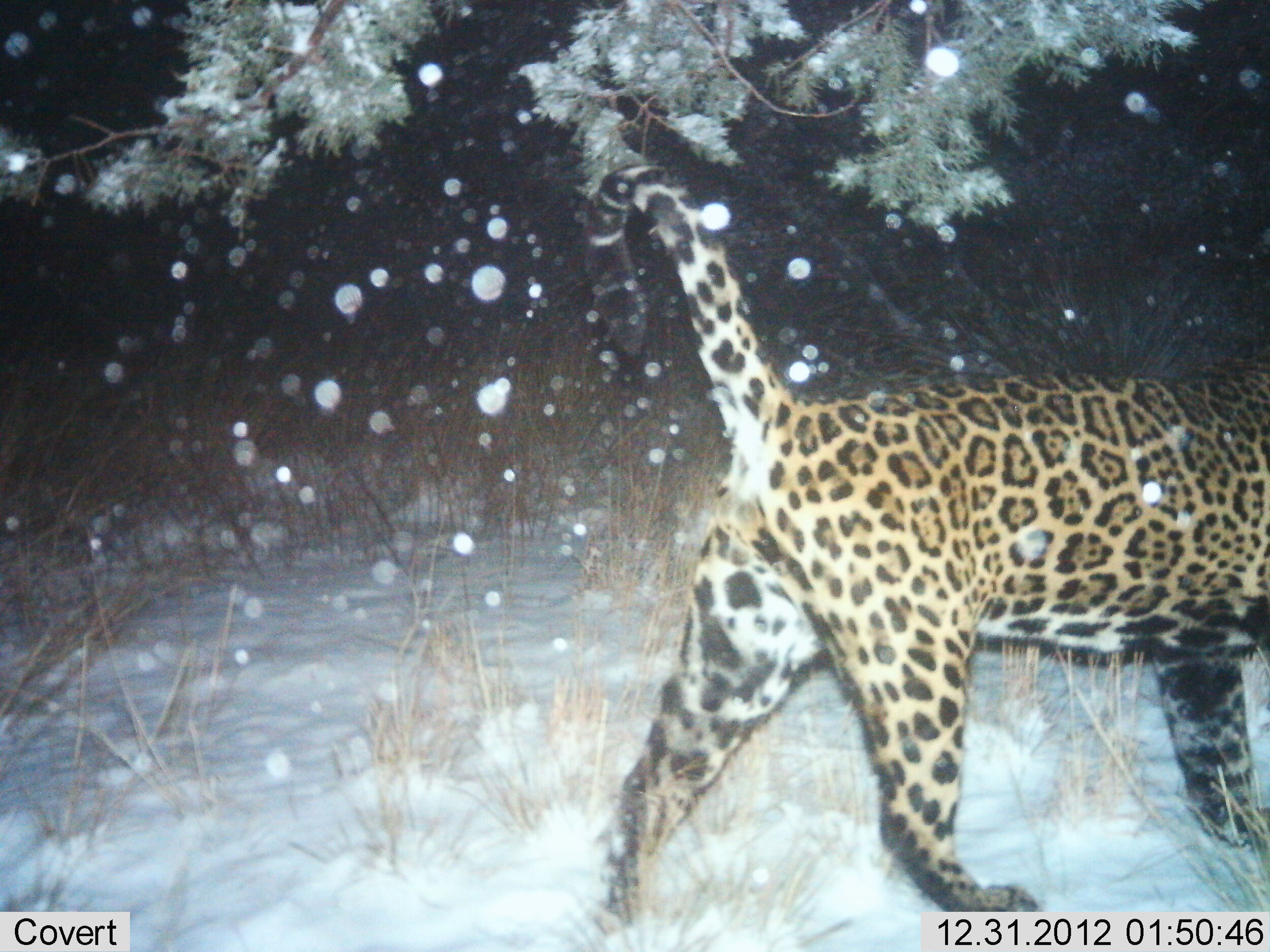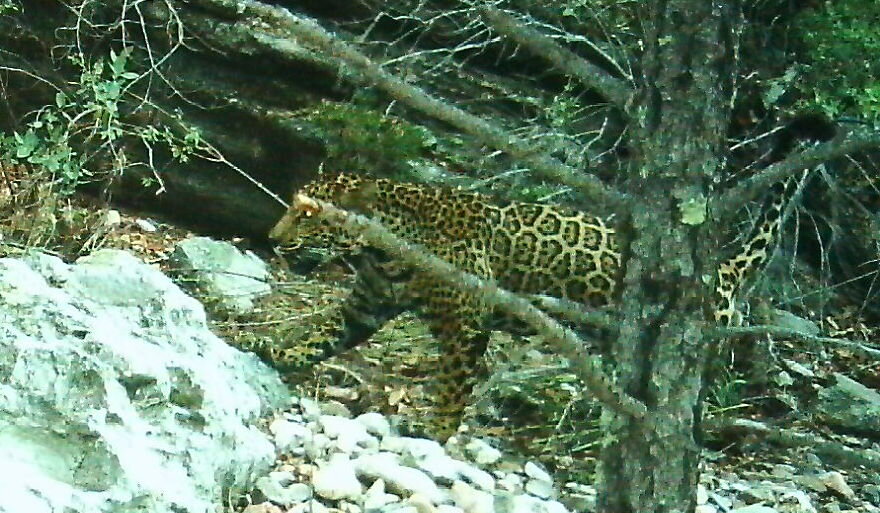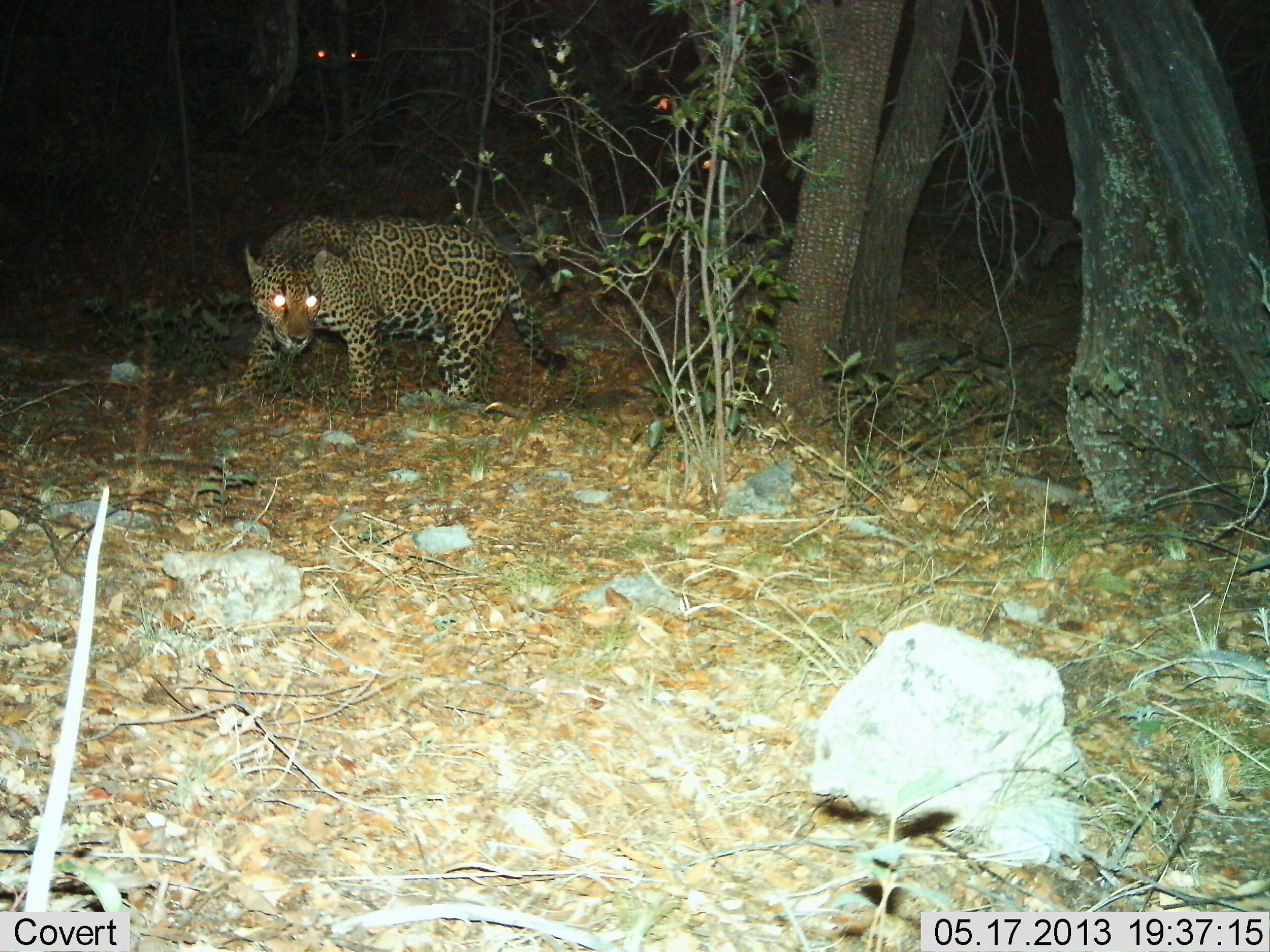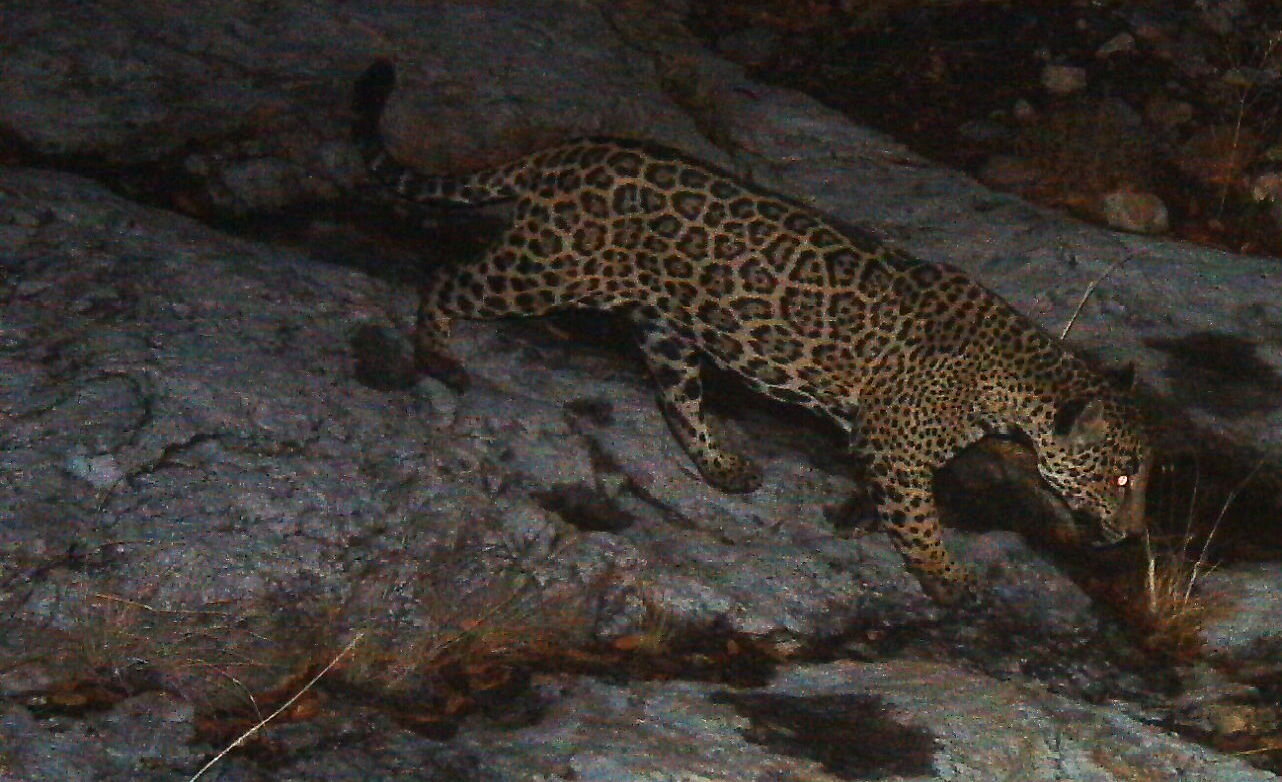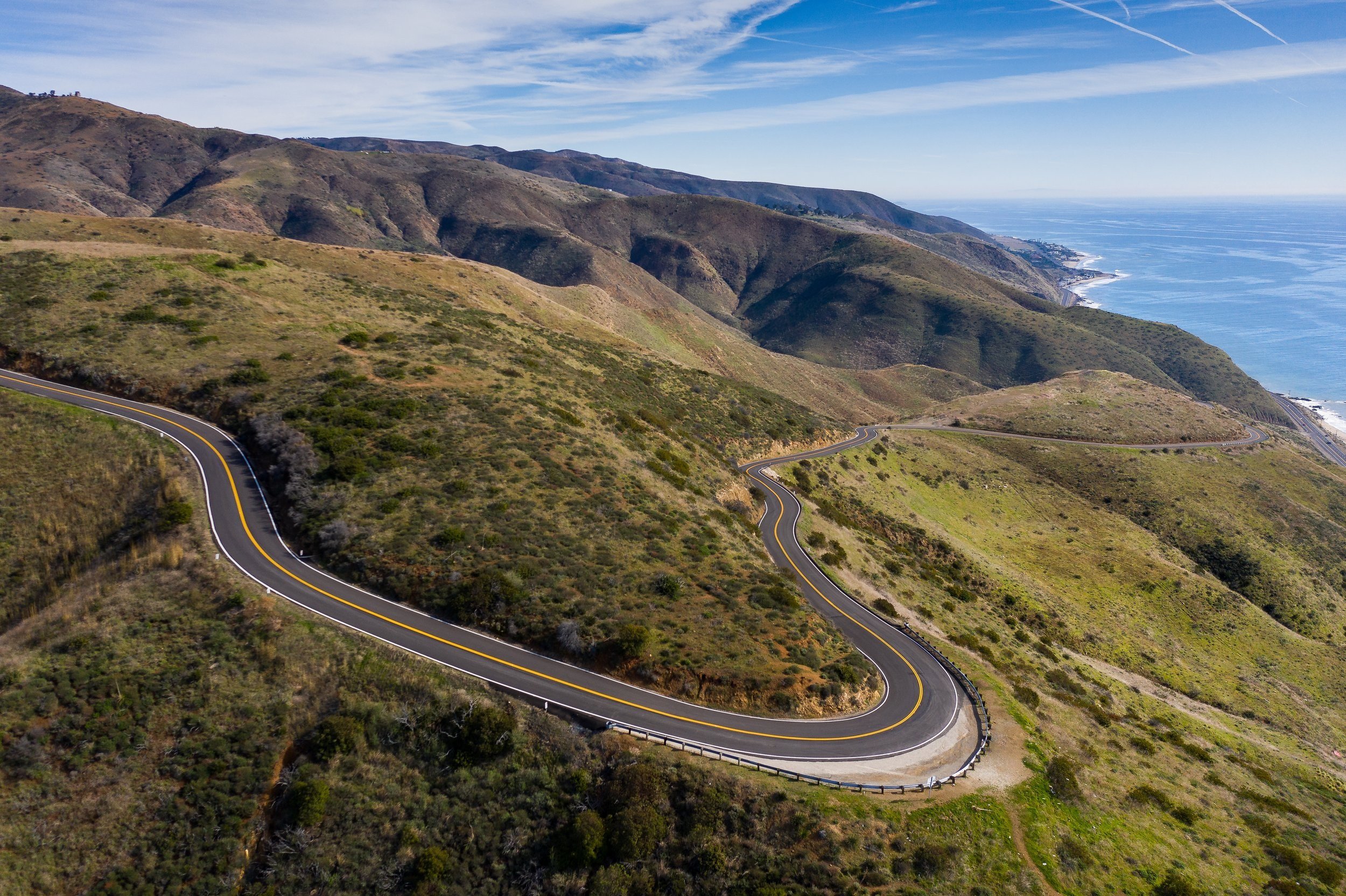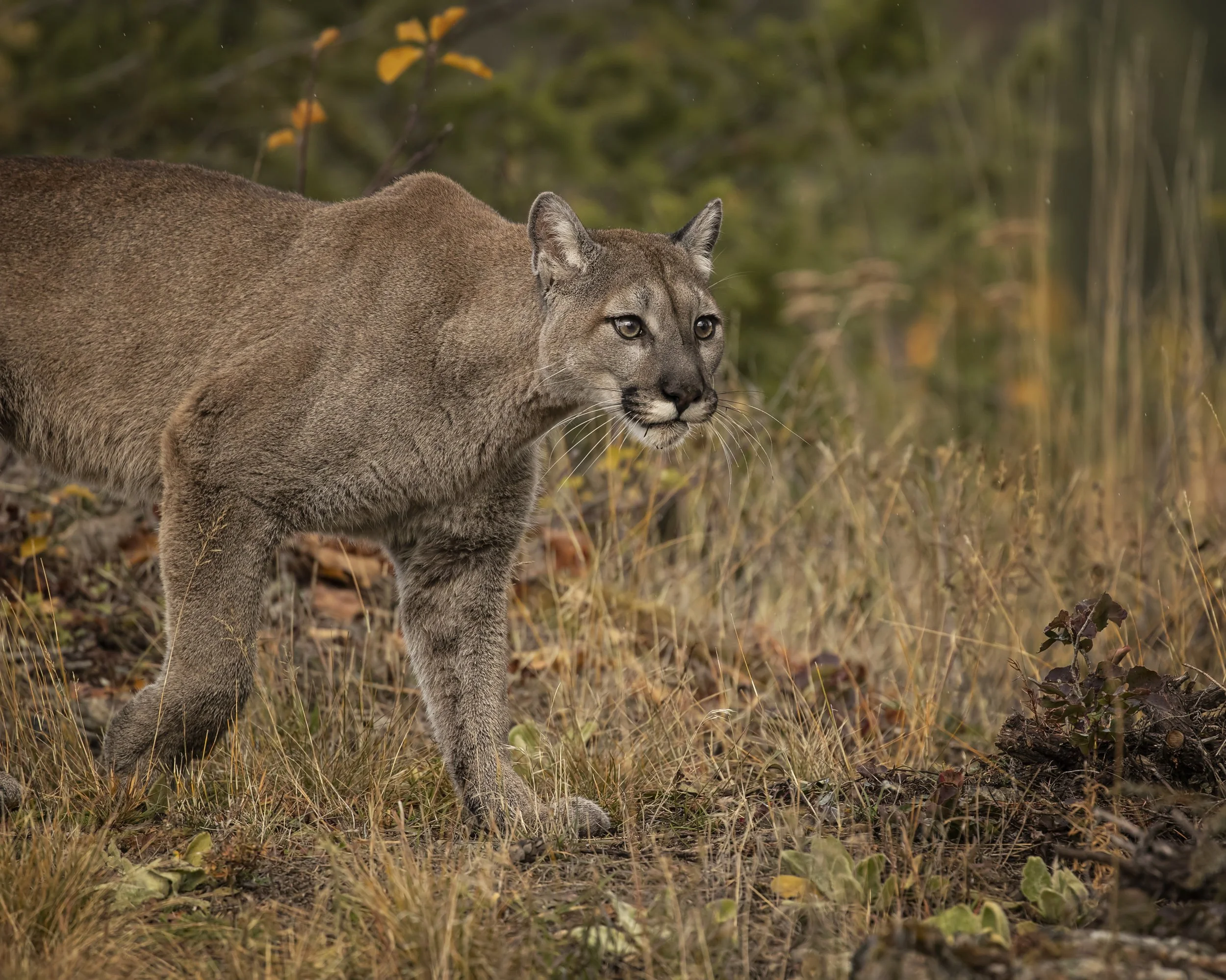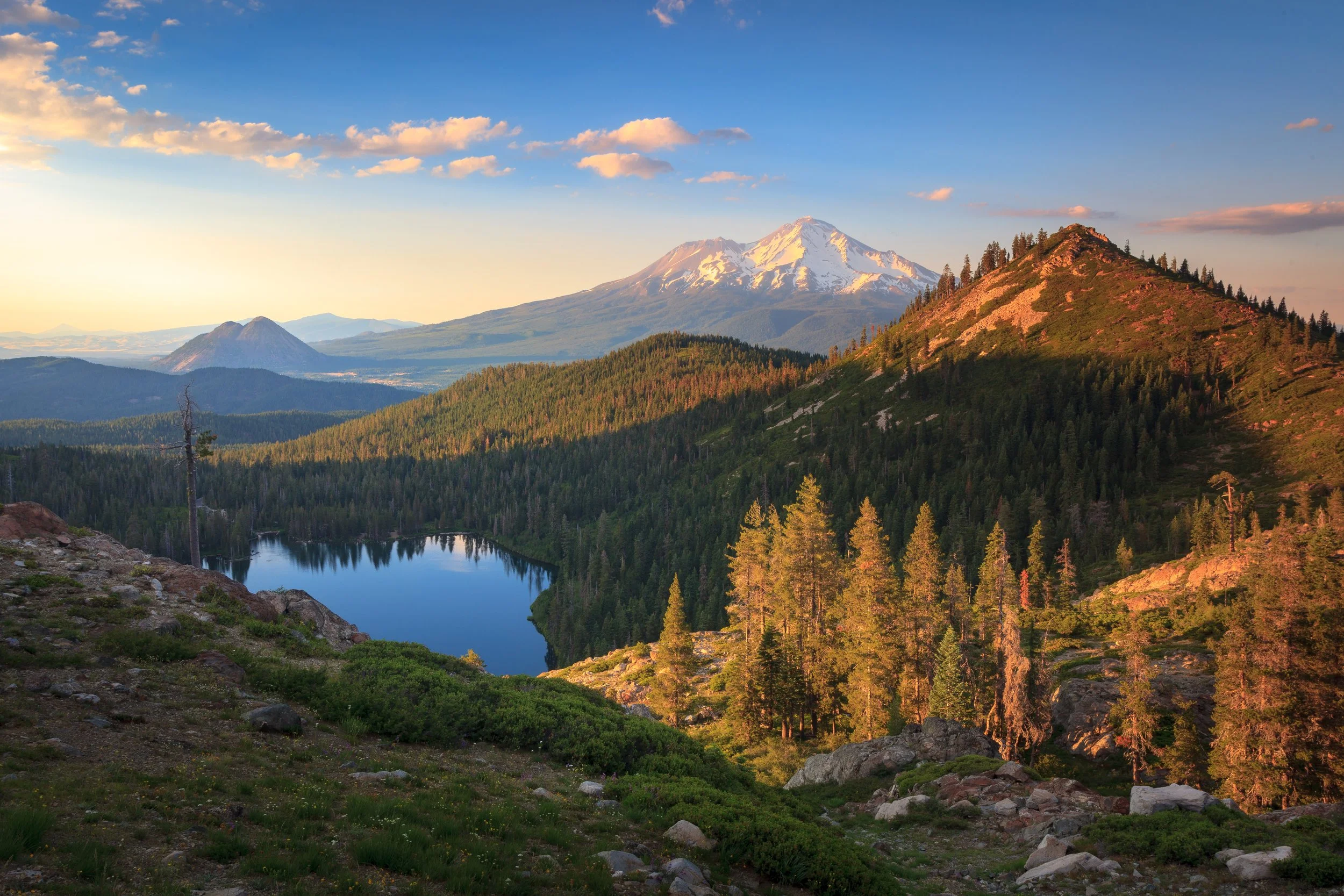7 Wins for North American Wildlife in 2021
Each year brings with it different challenges and opportunities for wildlife conservation. Check out what we think are some of the biggest positive moments for wildlife this year!
1. More habitat for jaguars in the United States
Not many people realize that jaguars are native to the southwestern United States. This majestic species is now endangered and no longer reproduces north of the border with Mexico. Wildlands Network is creating the stepping stones for female jaguars to return to Arizona and New Mexico and establish new populations in their historic habitat.
Earlier this year, a group of scientists including our Mexico Program Director Juan Carlos Bravo, identified an area that’s 27 times larger than what’s currently designated critical jaguar habitat that could eventually support as many as 150 jaguars! This research offers new opportunities for decision-makers to take action to ensure jaguars’ recovery.
2. Border wall construction halted
Speaking of the U.S.-Mexico border: President Biden announced in January that all future construction of the border wall is terminated! While this is great news, it’s just the beginning of reversing the tremendous damage the wall has caused for flora and fauna in the Borderlands.
We’re leading a charge to identify priority sites for restoration. We created a first-of-its-kind interactive map that illustrates the U.S.-Mexico border wall through Arizona and New Mexico, which has become a go-to resource for planning how to repair Borderlands habitat.
3. Nine red wolves to be released into the wild
As of today, fewer than 15 red wolves remain in the wild, making it one of the planet’s most endangered mammals. Following months of inaction, the U.S. Fish and Wildlife Service announced that it would release nine red wolves born in captivity into the species’ designated recovery area in eastern North Carolina.
We’ve been studying red wolves for nearly a decade, gathering data that reveals the importance of healthy red wolf populations. Check out our film, Red Wolves’ Last Stronghold, to see the culmination of our findings to date!
4. Headway to ban mining in protected areas
Hardrock mining can spell doom for wildlife, even under heavily regulated conditions. The mining industry in Mexico lacks even basic oversight. In fact, within the country’s Natural Protected Areas (NPAs), mining is legal. This year, Mexico’s Chamber of Deputies passed a ruling to prohibit most mining activities in NPAs—substantial progress toward safeguarding all current and future NPAs from the industry’s catastrophic impact on wildlife, watersheds, groundwater, and local communities.
5. Good news for steering clear of deer (and other wildlife!)
A deer along Interstate 64 in Virginia. Photo: Bridget Donaldson
In recent years, 13 states in the U.S. have passed laws to support connected habitat for wildlife. The latest to join these ranks? Colorado and Virginia (for a second time!)! Colorado passed a bipartisan resolution to protect the state’s wildlife corridors, whereas Virginia’s bill builds on wildlife corridor legislation that passed in 2020, creating a comprehensive program to:
identify wildlife corridors;
protect motorists from collisions with animals;
address barriers to wildlife movement.
Both states’ new laws will conserve wildlife while improving road safety. Colorado also designated an annual Habitat Connectivity Day!
6. Bridging gaps for mountain lions
Roads are a major threat to California’s mountain lions, whose historic habitat ranges and corridors of movement are obstructed by human development. In Southern California, near Los Angeles, construction is about to begin on large-scale wildlife overpass that will help mountain lions, as well as other wildlife, safely cross the busy Highway 101.
This project is an important one for the Santa Monica mountain lion population, but it is just one piece of the puzzle of reconnecting and restoring California’s wild places. We’ve highlighted other ongoing road crossing projects throughout California on a virtual map—check it out!
7. Major funding for wildlife crossings secured
And last, but certainly not least: The Infrastructure Investment and Jobs Act passed by Congress and signed by President Biden in November contains $350 million for a Wildlife Crossings Pilot Program that will reduce wildlife-vehicle collisions. This is a game-changer for wildlife. For the first time in U.S. history, there is dedicated federal funding to build wildlife road crossings across all 50 states—protecting wildlife as well as drivers along roads nationwide!
Jaguar photos: USFWS UA; California photos: Adobe Stock/Francis, Adobe Stock/Carol, Adobe Stock/Lenspiration


